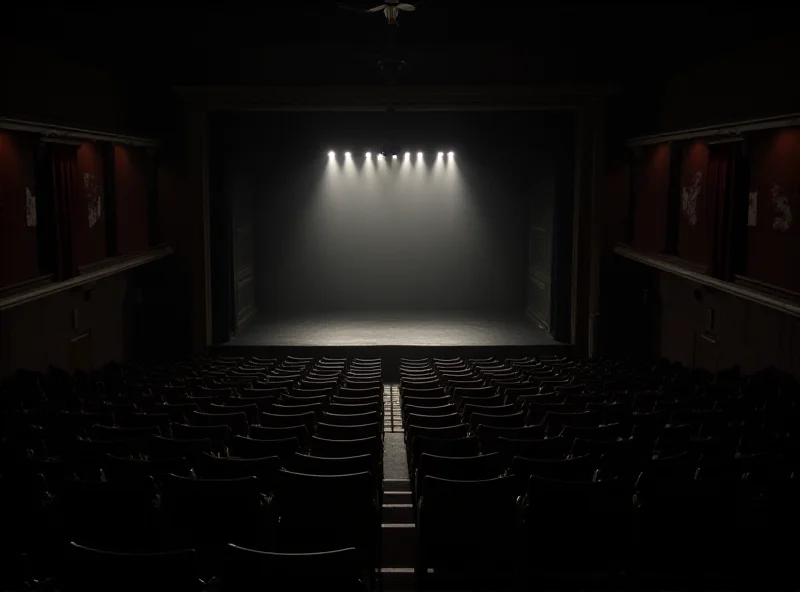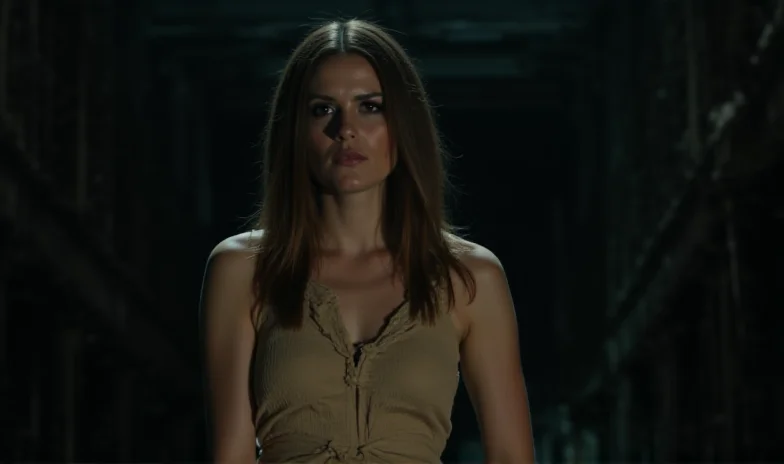Europe's art scene is currently offering a diverse range of experiences, from provocative theater productions to deeply moving sculptural installations. Two recent events, in particular, stand out: Dušan David Pařízek's staging of Brecht's "Saint Joan of the Slaughterhouses" at the Berliner Ensemble and Berlinde de Bruyckere's retrospective exhibition at Brussels Bozar.
Brecht's Provocative Themes in Berlin
Dušan David Pařízek's direction of Bertolt Brecht's "Saint Joan of the Slaughterhouses" at the Berliner Ensemble is generating considerable buzz. Featuring a standout performance by Stefanie Reinsperger, the production delves into complex themes of violence and capitalism. The play's title itself, "Only Violence Helps Against Violence," hints at the production's challenging and potentially controversial message.
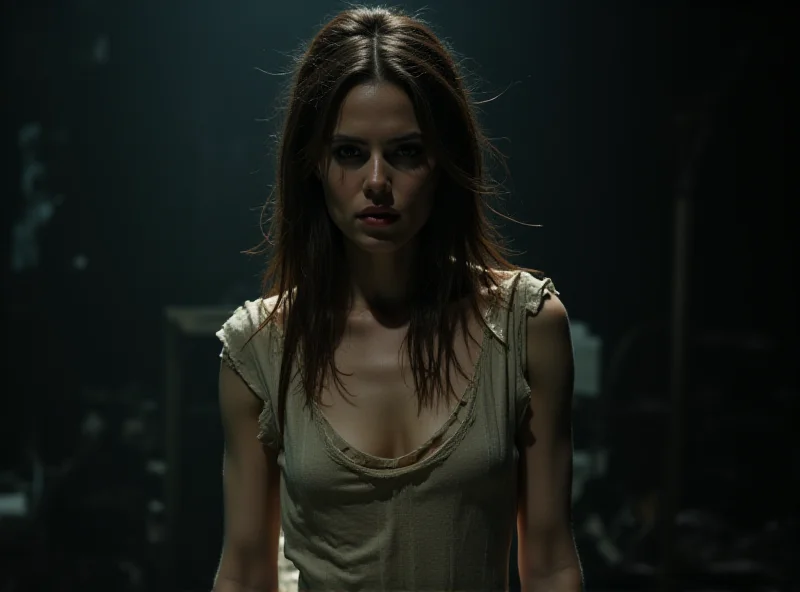
Critics are praising Reinsperger's portrayal of Joan, noting her ability to capture the character's internal struggles and moral dilemmas. The production invites audiences to contemplate the cyclical nature of violence and its relationship to economic systems. It's a thought-provoking piece of theater that encourages reflection on societal dynamics. "The play forces us to confront uncomfortable truths about power and injustice," one reviewer noted.
De Bruyckere's Haunting Sculptures in Brussels
Meanwhile, in Brussels, the Bozar is hosting a retrospective exhibition of work by Belgian sculptress Berlinde de Bruyckere. De Bruyckere's sculptures are known for their raw and often unsettling depictions of the human condition. Her work frequently incorporates elements of antiquity, Christianity, and timeless suffering.
One of the featured pieces, "Lost V" (2022), is particularly striking. The sculpture depicts an emaciated and mutilated creature lying on one of de Bruyckere's signature blankets. 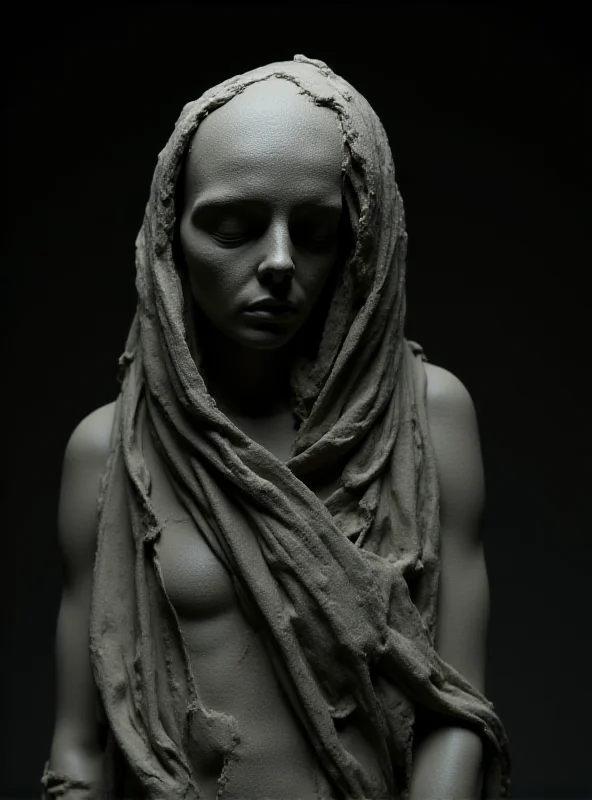 The piece evokes feelings of vulnerability, loss, and the fragility of life. The exhibition draws parallels to the works of Cranach, Pasolini, and Patti Smith, highlighting the enduring themes of transformation and consolation in art.
The piece evokes feelings of vulnerability, loss, and the fragility of life. The exhibition draws parallels to the works of Cranach, Pasolini, and Patti Smith, highlighting the enduring themes of transformation and consolation in art.
De Bruyckere's art is not always easy to look at, but it is undeniably powerful. Her sculptures challenge viewers to confront difficult emotions and grapple with profound questions about existence. As one visitor commented, "Her work stays with you long after you leave the gallery."
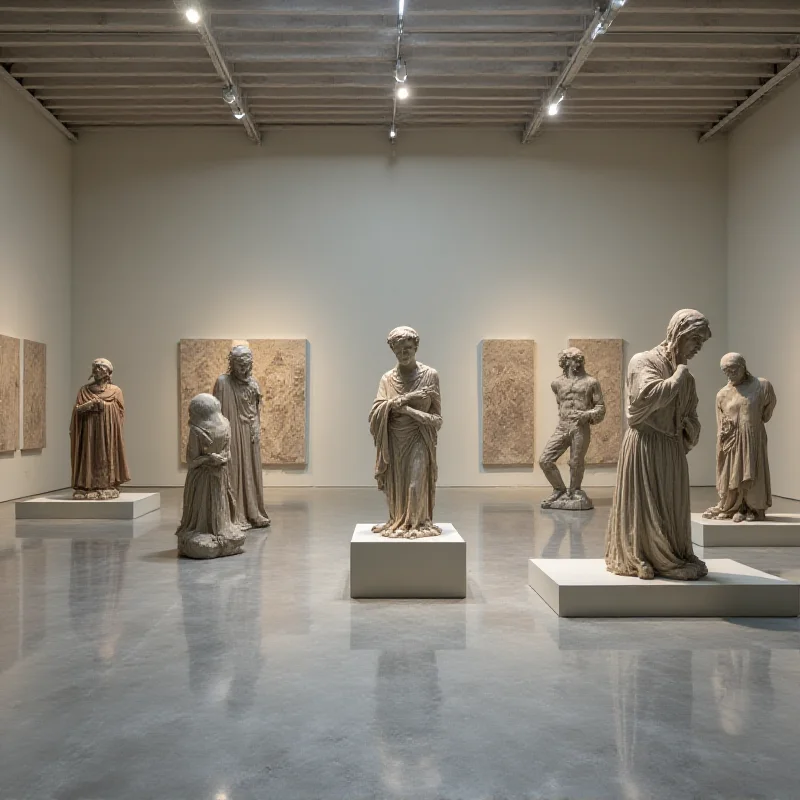
Whether you're drawn to the dramatic intensity of Brechtian theater or the haunting beauty of contemporary sculpture, these two events offer compelling opportunities to engage with art that challenges, provokes, and ultimately enriches our understanding of the world.
A Contrast in Styles, a Unity of Purpose
Though vastly different in medium, both the play in Berlin and the sculpture exhibition in Brussels share a common thread: a willingness to confront difficult truths and explore the complexities of the human experience. Both serve as powerful reminders of art's ability to provoke thought and inspire empathy.
